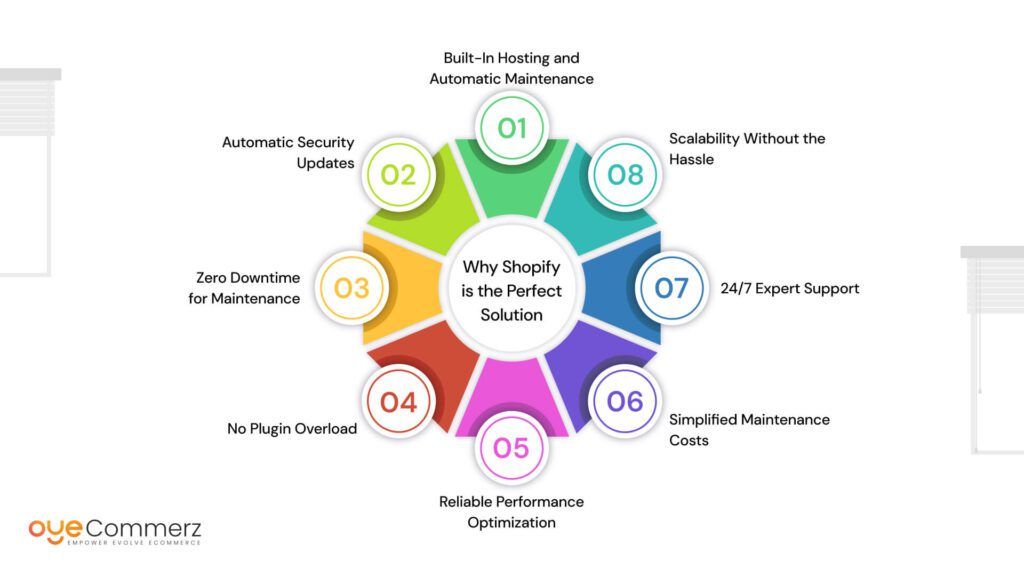In the dynamic world of eCommerce, choosing the optimal platform is essential for your brand’s success. If you’re presently using WP and considering a migration to Shopify, you’re not by yourself. Countless businesses are shifting to leverage Shopify’s robust capabilities, user-friendliness, and growth potential. This guide will walk you through the steps of migrating from WP to this platform effortlessly, guaranteeing that you achieve your eCommerce potential.
Why Migrate from WordPress to Shopify?
Prior to diving into the migration journey, it’s essential to realize why this transition can be helpful for your digital storefront:
User-Friendly Interface: Shopify offers an intuitive system that streamlines store handling, enabling for non-technical users.
Flexibility: As your brand grows, Shopify can accommodate increased traffic and sales without affecting speed.
Built-in Tools: Shopify includes pre-installed resources for search engine optimization, analytics, payment management, and additional functionalities, reducing the need for multiple plugins.
Enhanced Security: With Shopify, you benefit from robust security protocols that secure critical customer details.
Steps for a Smooth Migration
Migrating your eCommerce site from WP to Shopify requires multiple phases.
Here’s the way to achieve a successful transition:
Plan Your Migration Strategy
Start by outlining your migration plan. Identify which components of your present site you want to transfer, such as:
Product data
Client data
Order history
Blog content
Choose the Right Migration Solution
Considering your requirements, opt for a migration package that aligns with your eCommerce goals. Professional services provides various plans:
Basic Migration Package: Suitable for boutique stores with fewer products.
Standard Migration Package: Recommended for mid-range businesses with more complex demands.
Premium Migration Package: Perfect for larger stores requiring custom customization.
Save Your Information
Ahead of beginning the migration, ensure that you have a full archive of your WordPress site. This step is crucial in situations where anything goes awry during the transfer.
Extract Your Information from WordPress
Use extensions or custom scripts to transfer critical content from your WordPress site:
Items
Users
Orders
Articles
Upload Data into Shopify
When you have your content exported, utilize Shopify’s migration apps or external apps to migrate your information into your Shopify store. Confirm that all data is accurately formatted and aligned.
Adapt Your Shopify Store
Following migrating data, customize your Shopify site’s theme to align with your brand identity. Consider working with a designer if you require advanced customization.
Establish Payment Gateways and Delivery Settings
Arrange billing solutions and delivery choices in Shopify to create a user-friendly purchase experience for customers.
Adopt SEO Guidelines
To preserve your SEO performance during the change:
Use 301 URL mappings from old URLs to migrated ones.
Revise descriptions.
Optimize visual content and copy for search engines.
Test Your New Platform
Prior to going live, extensively review your Shopify store. Identify any discrepancies, transaction errors, or missing data.
Go Live Your Platform
After everything is in place, it’s time to publish! Announce the transition to your customers and invite them to experience the new offerings of your Shopify store.
Post-Migration Assistance
Even after Shopify hosting benefits releasing your updated store, regular help is essential. Explore working with professionals who can guide with:
Technical support
Marketing strategies
Performance optimization
Conclusion
Migrating from WordPress to Shopify can be a transformative move for your eCommerce. By using this guide and working with experts like those offered by OyeCommerz, you can achieve a seamless transition that boosts your online presence. Accept the change and discover the Shopify shipping configurations advantages of Shopify today!
